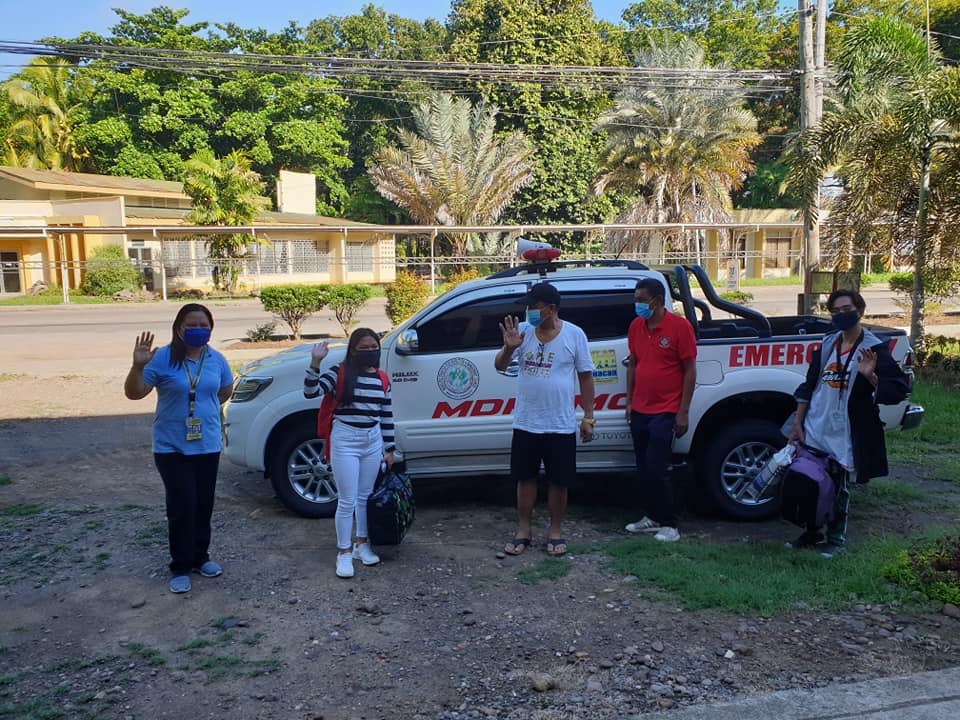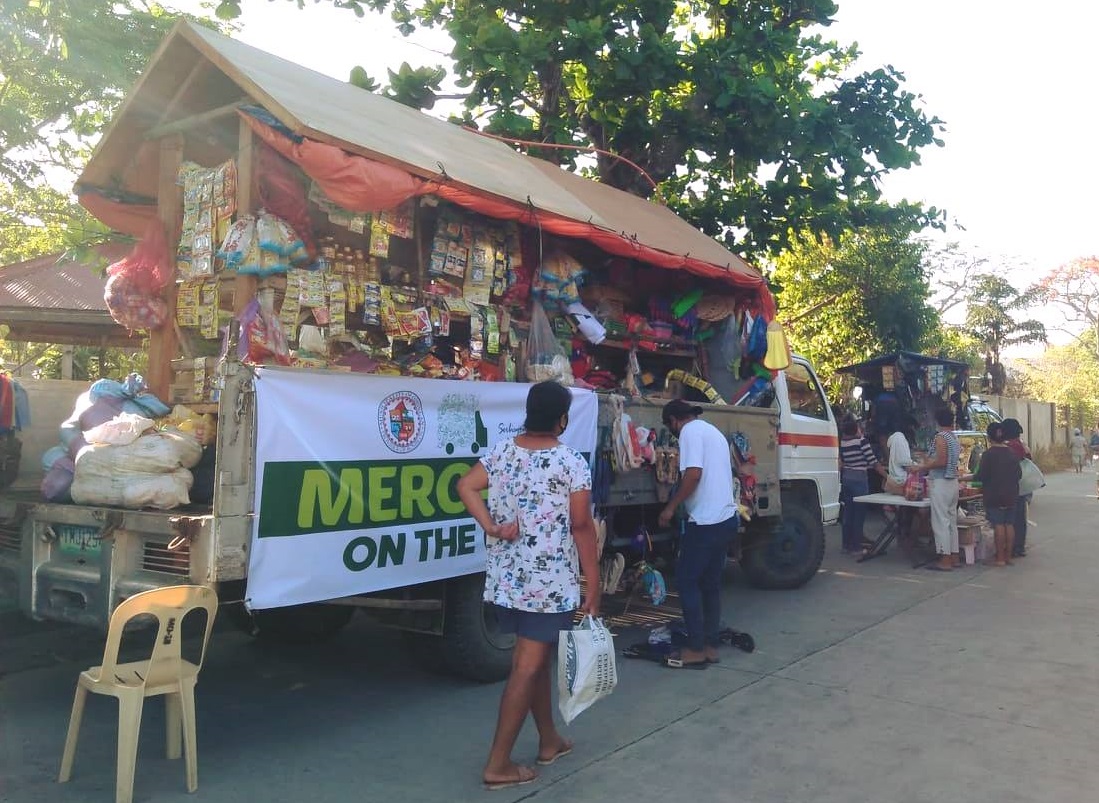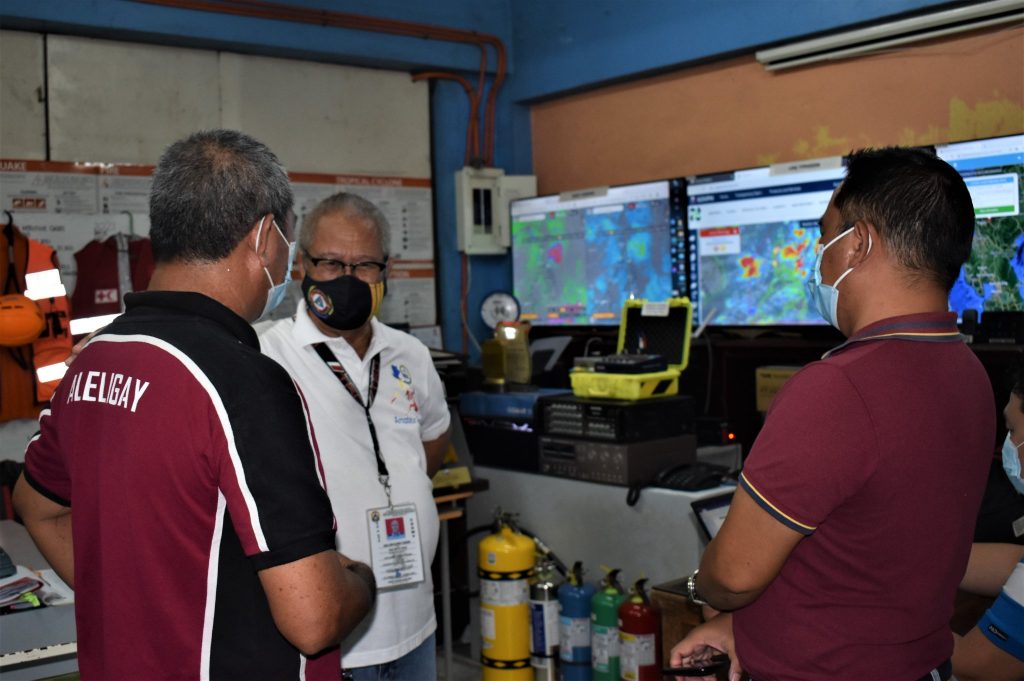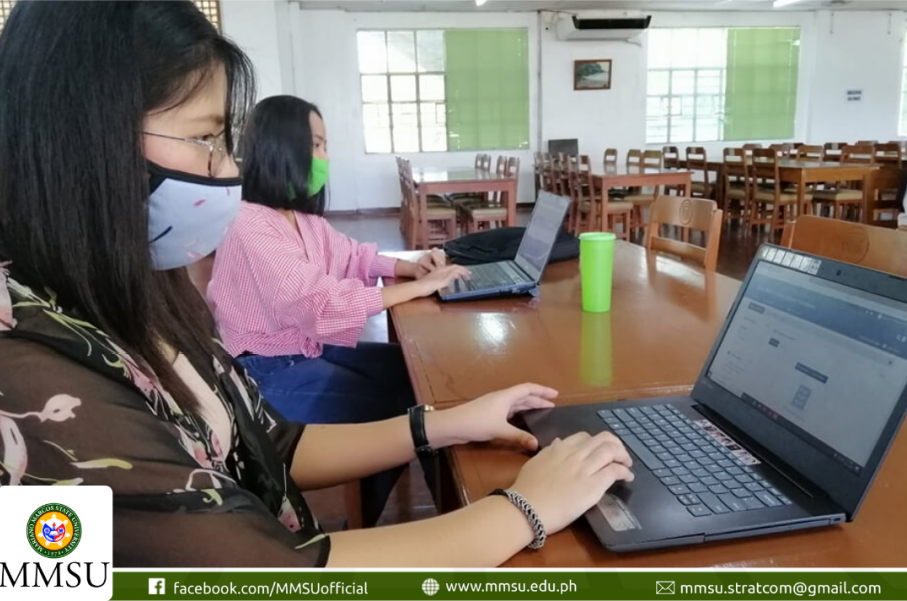Organization
Department of Education – Schools Division of Dumaguete City
Best Practice Focus Area/s
Strategy, Operations
Year Implemented
School Year 2020-2021
This is a GBPR Entry
Summary
As the spread of COVID-19 continued to affect everyone in the country, the Department of Education (DepEd) Schools Division of Dumaguete City strived to ensure the continuity of learning. And through the “Abot Ka Namin ” program, a number of projects were conceptualized around the distribution of learning materials. Namely: Academic Panda and its supplementary projects, Material Reproduction Kiosks (MRKs), Drop and Pick System, and School Mobile Delivery Unit (SMDU).
Background and Problem
As the spread of COVID-19 continued to affect everyone in the country, the Department of Education (DepEd) Schools Division of Dumaguete City strived to ensure the continuity of learning, the active involvement of all teachers, parents, and the community, and the safe operations of all schools.
Also, they saw that the current situation offered a historic opportunity to explore and promote the sustainability and responsiveness of the education system in light of catastrophic circumstances. To them, the disruption brought by the pandemic has highlighted not only the crucial role of research and innovation in education but also the need for reinforced partnership and cooperation between schools and stakeholders to increase the resilience of the schools division against COVID-19 and similar outbreaks in the future.
A survey they conducted in June 2020 found that out of 20,000 enrollees, 18,000 reportedly have access to cellphones and other gadgets that can access the internet. With this data, the division created programs that provide students with easy access to education while at the same time protecting young children and the youth from the dreaded disease.
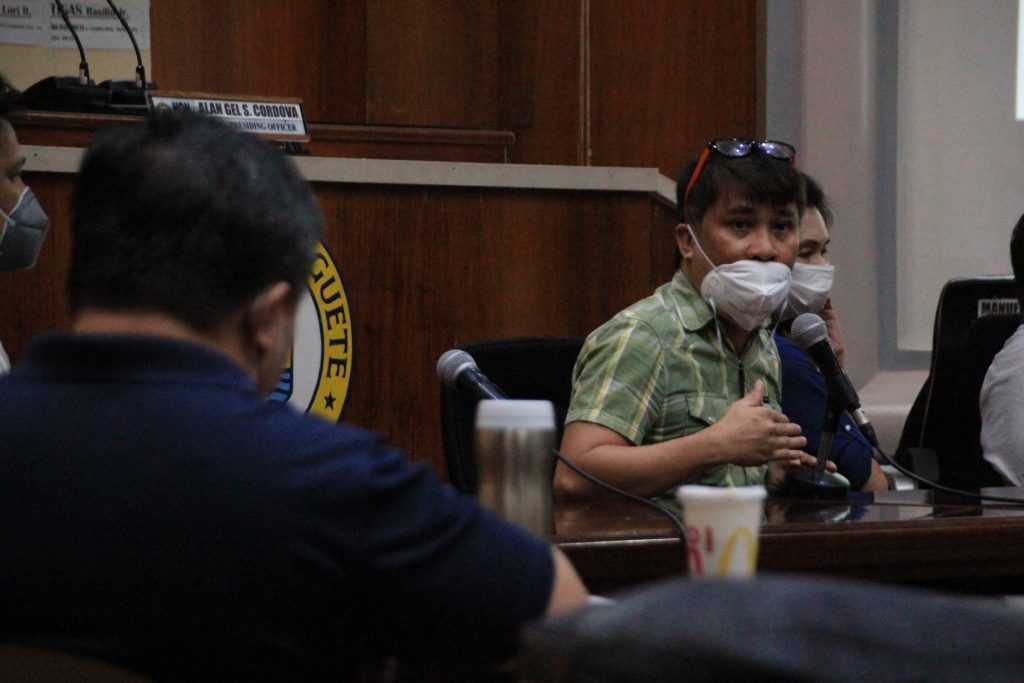
Solution and Impact
Through the “Abot Ka Namin” program, a number of projects were conceptualized around the distribution of learning materials. Namely: Academic Panda and its supplementary projects, Material Reproduction Kiosks (MRKs), Drop and Pick System, and School Mobile Delivery Unit (SMDU).
Academic Panda
Academic Panda would be an in-house developed application inspired by Foodpanda. Just like how Foodpanda enabled people to not only shop for food and supplies in the safety of their homes but also have these delivered directly to their doorstep, their application aims to re-create the same service model but with educational modules and learning materials. The application would offer instructional materials and many other curricular-related materials such as school forms, self-learning modules, and many other resources. The application would also be where parents and students could “order,†and it would also send these orders to the concerned stakeholders.
Material Reproduction Kiosk (MRK)
The MRK would be physical and offline repositories for learning materials, self-learning modules, and other resources. In connection with Academic Panda, these kiosks would be where ordered materials are reproduced. The team envisioned that there would be 75 kiosks all over the city and five kiosks in every school.
Drop and Pick System
The “Drop and Pick†System is an extended support mechanism of Academic Panda. It would be used for situations where students who do not have access to the internet likewise would not have access to Academic Panda. In this system, schools would provide a claim-and-drop facility that will allow for the collection and distribution of learning materials. Notably, larger schools would have their stations distributed to nearby schools with a lesser population to avoid large gatherings.
School Mobile Delivery Unit (SMDU)
The SMDU is yet another extension of the Academic Panda. An SMDU would be a group of teachers that would bring learning materials right to the doorsteps of their learners’ respective homes, and they would also be the ones to retrieve these materials afterward. It would be used in extreme cases where parents or guardians cannot personally pick up the needed materials in the school. Naturally, those conducting the deliveries and retrievals would be trained to follow the necessary safety protocols.
Milestones/Next Steps
According to a news article published in July 2020, the team is cultivating support from various stakeholders to bolster the potential services of the MRK further. With additional help, the team hopes their MRKs may also provide an internet connection, more computers, printers, and other equipment.
In another news article published in July 2020, the City Schools Division Superintendent, Gregorio Cyrus Elejorde, introduced the application during a meeting of the City’s Inter-Agency Task Force for the Management of Emerging Infectious Diseases chaired by Mayor Felipe Antonio Remollo.

